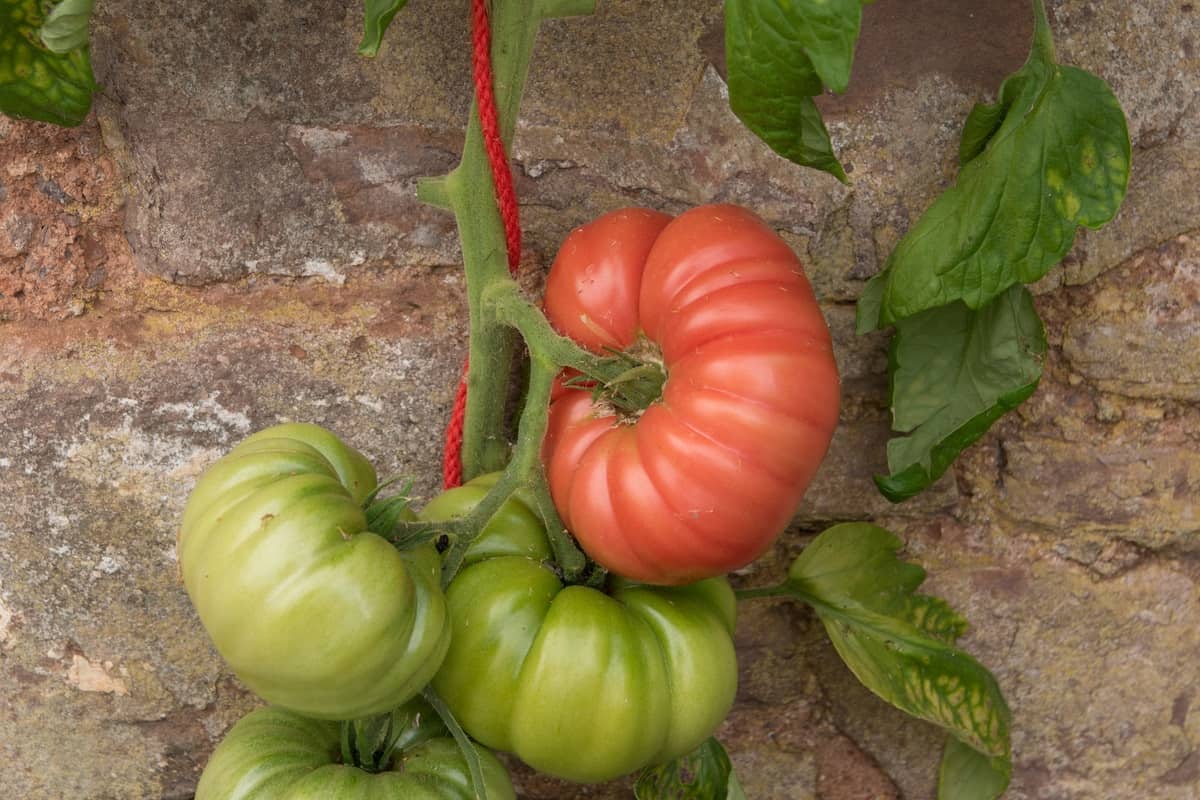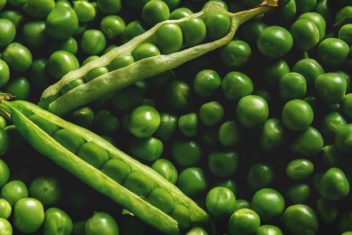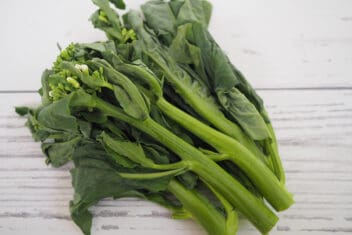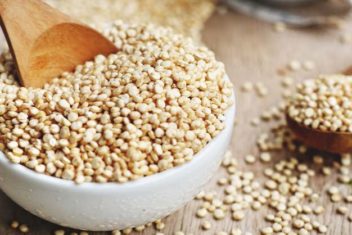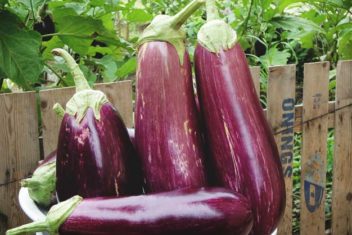Every year, I try to include at least one new tomato variety in my garden. However, I always make sure to keep one favorite in my collection of seeds – the Mortgage Lifter.
This beefy tomato is a flavorful, hefty, and easy-to-grow variety that you’re sure to adore. It is an heirloom cultivar that can produce fruits over 2½ pounds! Not only that, but it’s an open-pollinated variety that will produce fruits all the way up until frost.
You’ll love the story behind the Mortgage Lifter tomato – but you’ll love your yields even more.
Whether you’re a market gardener or just growing a few tomato plants for fun, here’s what you need to know to start growing Mortgage Lifter tomatoes in your backyard garden this season.
What Are Mortgage Lifters?
Go big or go home – if that’s your motto, then you’ll love what Mortgage Lifters have to offer.
These tomato plants produce large pinkish-red fruits that are similar in size, texture, and shape to other beefsteak varieties of tomatoes. They have very few seeds and mature in less than 85 days.
The plants are massive, producing vines up to 9-feet long. As indeterminate tomatoes, they’ll set fruit throughout the growing season. They’re legendary plants that can produce fruits up to 4 pounds in weight, though the average is closer to 2½ pounds. You won’t sacrifice flavor for size, either – these tomatoes are truly delicious with minimal acidity and maximum sweetness.
Mortgage Lifters have a fun background story, too. The variety was first created in the 1930s by a mechanic in Logan, WV named M.C. Byles. Like many people at the time, Byles was worried about how he would make ends meet – specifically, how he would pay off his outstanding home loan.
Over time, Byles came up with the Mortgage Lifter by crossbreeding other large varieties of tomatoes, such as Beefsteak, German Johnson, and one other English and Italian variety each. Using painstaking growing techniques like hand-pollinating (and exercising a whole lot of patience), Byles eventually developed the popular variety that we know of now as the Mortgage Lifter.
By creating this gargantuan-fruited gem, Byles was able to pay off his home loan in just 6 years. It paid the bills, that’s for sure!
Benefits of Growing Mortgage Lifters
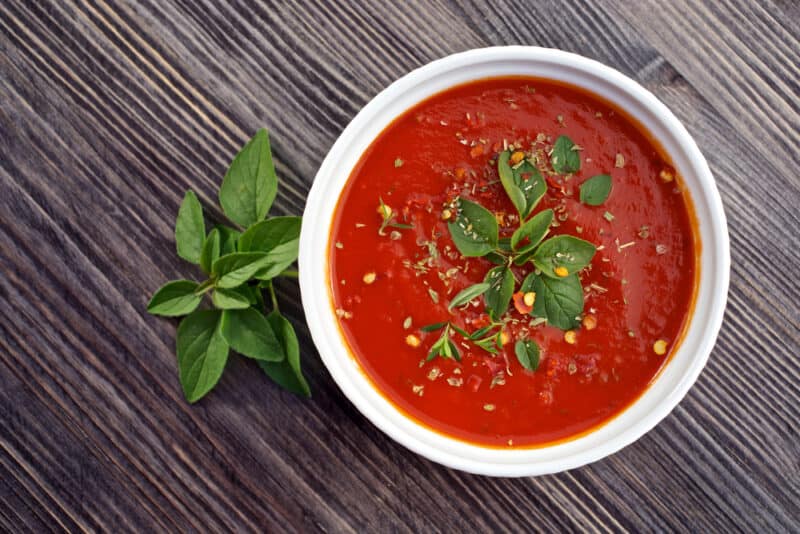
There are countless benefits associated with growing Mortgage Lifter tomatoes. For one, they’re rich in vitamins, providing potassium, vitamin B, vitamin K, and vitamin C.
These plants are easy to grow and don’t take up much more space than other varieties of tomatoes – yet you’ll enjoy much larger yields and much larger fruits.
The tomatoes themselves are perfect for canning, sauce making, and slicing. They’re juicy and sweet without a hint of acidity.
Mortgage Lifters are fairly disease resistant and, as indeterminate tomatoes, have very few seeds and will produce a continuous batch of tomatoes for you all season long.
Growing Mortgage Lifter Tomatoes: 7 Tips

If you’re thinking about growing Mortgage Lifters in your garden, the good news is that it’s not so different from growing other types of tomatoes. However, there are a few tweaks you will have to make to give these plants the best chance of success.
1. Proper Spacing
Mortgage Lifter tomatoes really like to sprawl! Because of this, you must give them as much space as possible. This can prevent a wide variety of problems related to disease and airflow.
Place them at least 36 (but ideally closer to 48) inches apart. Place your rows every 4-feet to give them room to grow.
2. Provide Extra Days to Harvest
On average, Mortgage Lifters take about 80-85 days to be ready to harvest. Although it’s not necessarily any longer than any other late-season tomatoes, which as a general rule require about 80 days to be ready to go, it is longer than early season or mid-season varieties. These take around 50-60 days to mature.
If you’re used to only waiting about 50 days for your tomatoes to be ready, then sit back and relax. You’re going to have to wait much longer for these tomatoes to be mature! Trust me when I say, though – it’s worth it.
3. Set Out Stakes and Cages Early
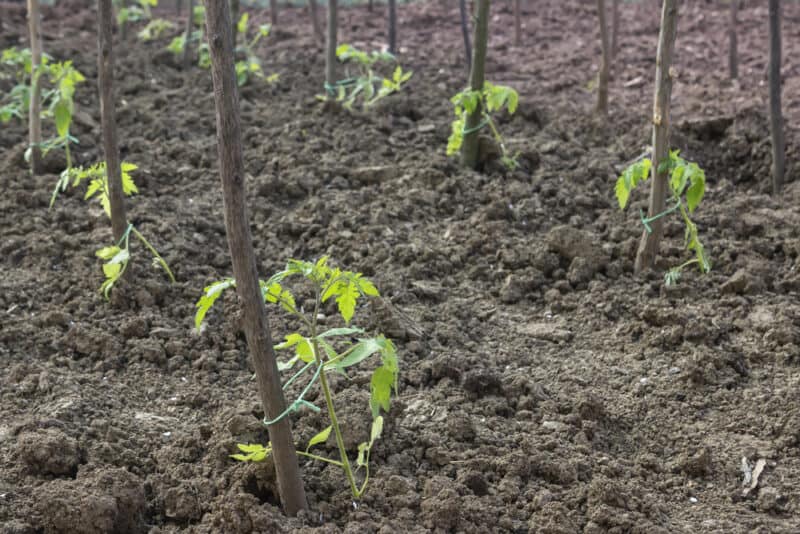
It’s important to prune Mortgage Lifters just as it is all other types of tomatoes. Similarly, you also need to provide adequate support with cages, stakes, or trellises. No matter what kind of support system you rely on, make sure you put it out early – ideally when you transplant your seedlings.
Mortgage Lifter plants grow quickly and the fruits will become gargantuan before you even realize it. Once the plants have set fruit and really started to sprawl, it’s going to be difficult for you to wind them up and around a cage or trellis without damaging the vines.
Therefore, it’s better to decide on what kind of support you want to use and install it early on to prevent damaging your plants. Besides limiting damages and disease problems, the extra support will also encourage your plant to produce larger fruit and will make the harvesting process much easier!
4. Choose the Best Possible Location
Grow your Mortgage Lifter tomatoes in a location that will receive plenty of sunlight. These girls like full sunlight at least 6 hours a day, but ideally closer to 8.
The soil should be moist and well-draining. Your tomatoes won’t like having wet feet.
Not only that, but it’s a good idea to choose soil that is more on the fertile side, too. These tomatoes are heavy feeders and while you can always fertilize later on, planting in soil that has already been amended with lots of compost will help your plants get off to the best possible start.
5. Dial in Your Watering Technique
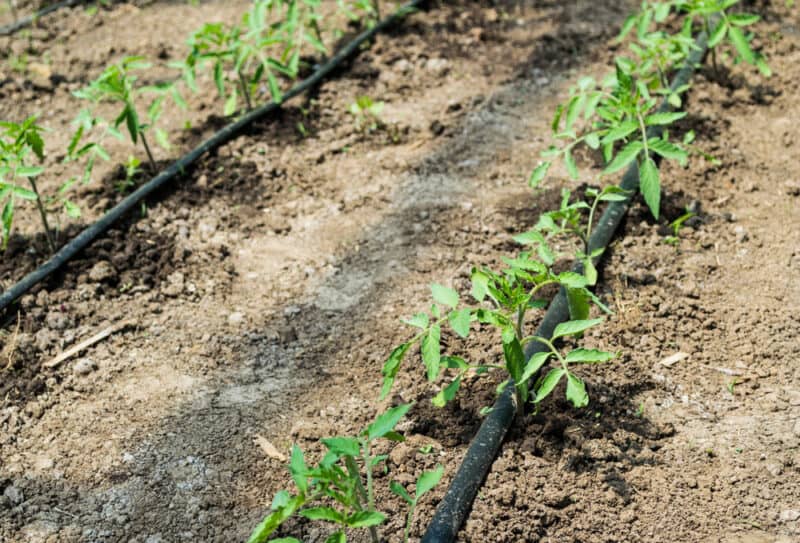
Proper feeding and watering are essential when it comes to growing tomatoes of any kind, but especially heavy feeders and drinkers like Mortgage Lifters.
Water regularly, providing 1-2-inches of water per week. If you don’t get that through natural rainfall, you’ll need to supplement. If you can, irrigate from below rather than above. This will prevent water from lingering on the leaves, which can lead to fungal problems.
Use a drip irrigation system for best results. Water as early in the day as you can so that the foliage has plenty of time to dry out.
When it comes to watering, it is important to be as consistent as possible. Many people make a mistake when growing any kind of tomatoes (but one that can be devastating with Mortgage Lifters) is providing inconsistent amounts of moisture.
By watering sporadically, with lots of water on one occasion and not enough on the next, your tomatoes are more prone to issues such as blossom end rot. That’s definitely something you don’t want to deal with when you’re growing plants that will produce big, juicy fruits like Mortgage Lifters.
6. Try to Avoid Cross-Pollination
While cross-pollination is sometimes difficult to avoid if you want a harvest that is as pure and as predictable as can be, try to avoid growing your Mortgage Lifters in a spot where they could be cross-pollinated by other varieties and cultivars.
Plant tomatoes at least 25-feet apart, ideally with 10 or more plants of the same variety. You can also plant seeds for some competing flowers between the rows to reduce the likelihood that any cross-pollination will occur.
This will help produce the most predictable crop and also make it possible for you to save seeds that will grow true to the variety.
7. Use the Harvest Quickly
One final tip to bear in mind when you are growing Mortgage Lifters is that you will have to use your harvest up as quickly as possible.
Although they’re juicy, flavorful, and huge, Mortgage Lifters go soft and become mushy much faster than other tomato varieties. Therefore, you will need to stash them in the refrigerator and use them within a week or less of harvest for the best results. Personally, I like to do more cooking with my extra Mortgage Lifters – but however you choose to use them is totally up to you!
What to Keep in Mind
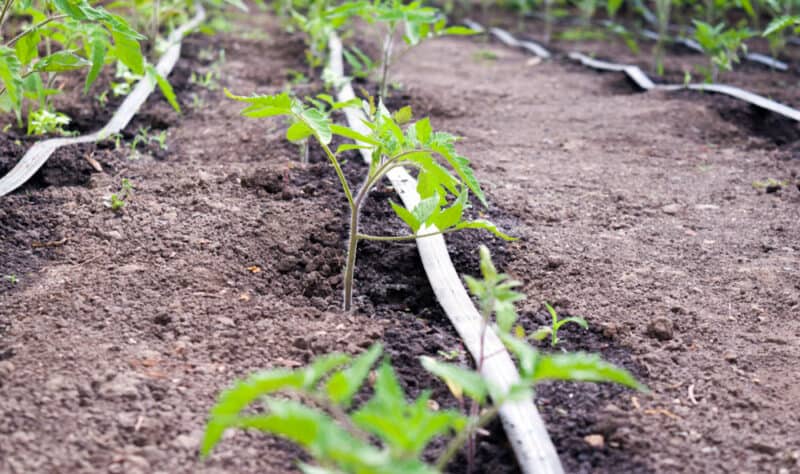
Mortgage Lifters are amazing tomatoes to grow, especially if you want to get a lot of bang for your buck.
However, these aggressively growing plants are prone to a few issues. They are heavy feeders, so if your soil is on the weak side, you’ll have to address that with tomato fertilizer before you plant any seeds. You also need to provide plenty of support. Without it, your plants can crash and burn (quite literally!).
Mortgage Lifters, if not irrigated consistently, are more vulnerable to cracking and splitting. Although that doesn’t necessarily spell disaster for your yields, it does open up the door to a variety of fungal and bacterial diseases. Avoid this by irrigating consistently and evenly.
Otherwise, there’s not much that you need to do that’s any different from growing other tomatoes varieties. Good luck – and enjoy the delicious fruits of your labor all summer and autumn long!
